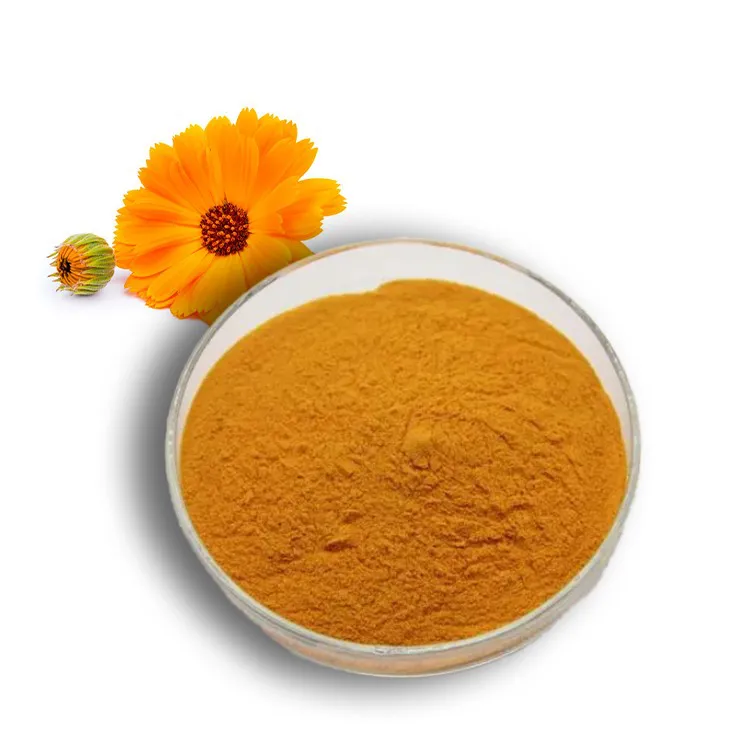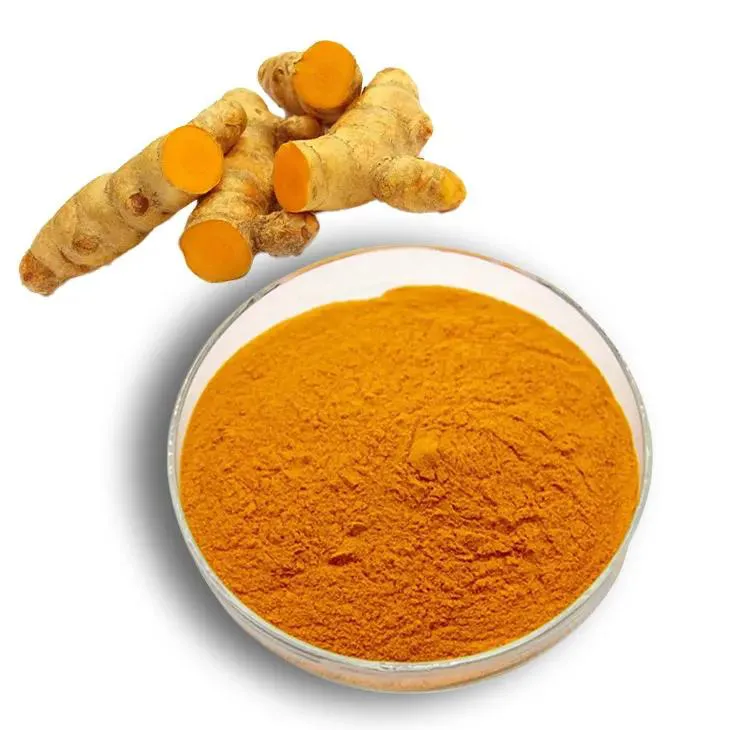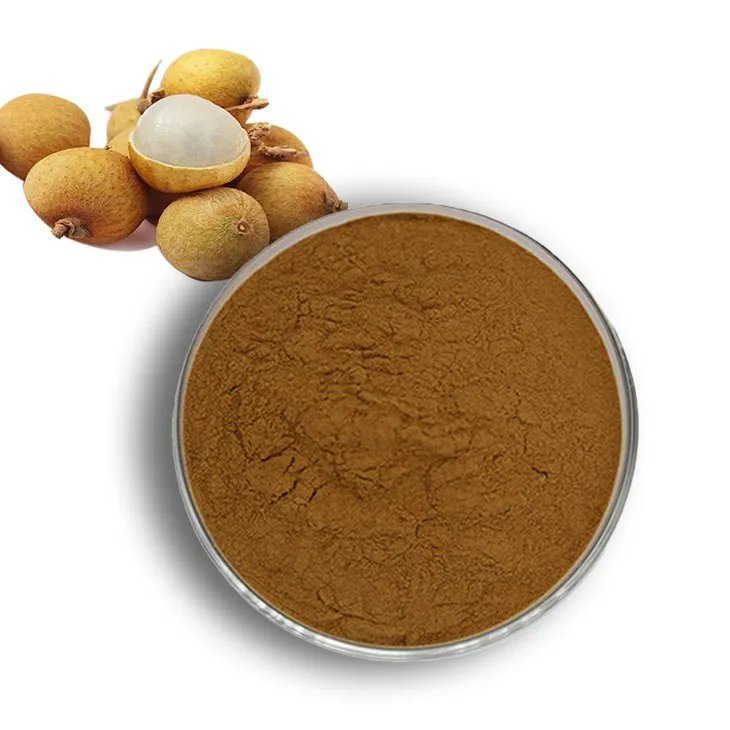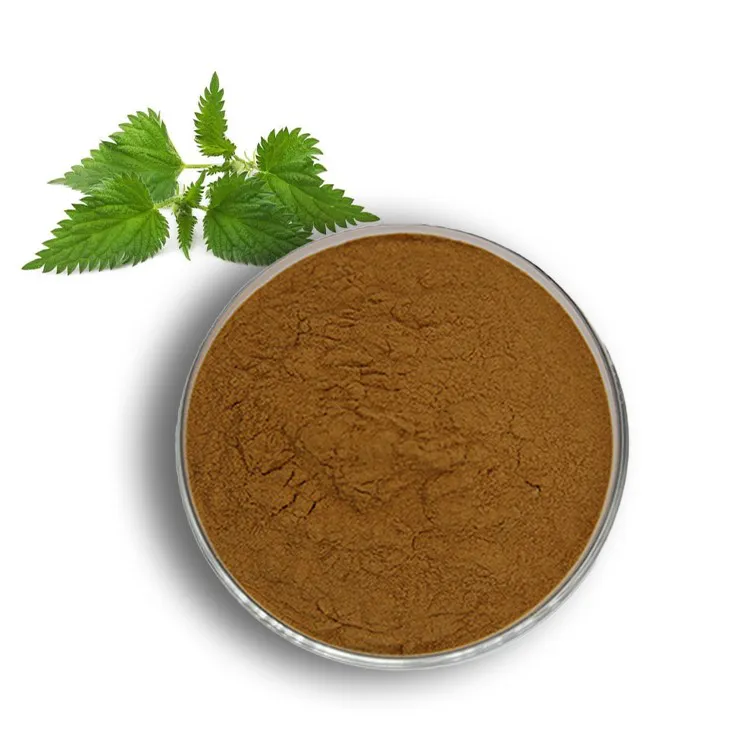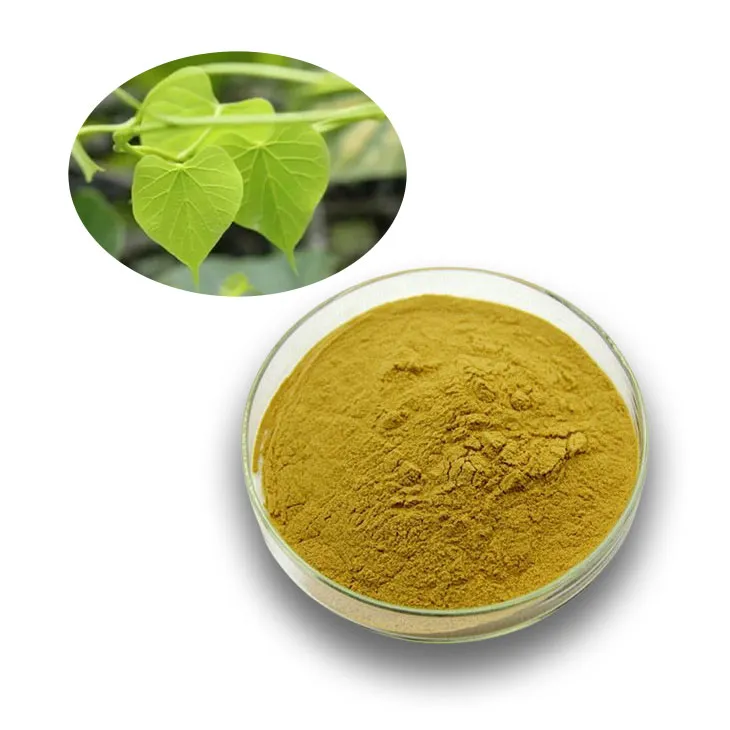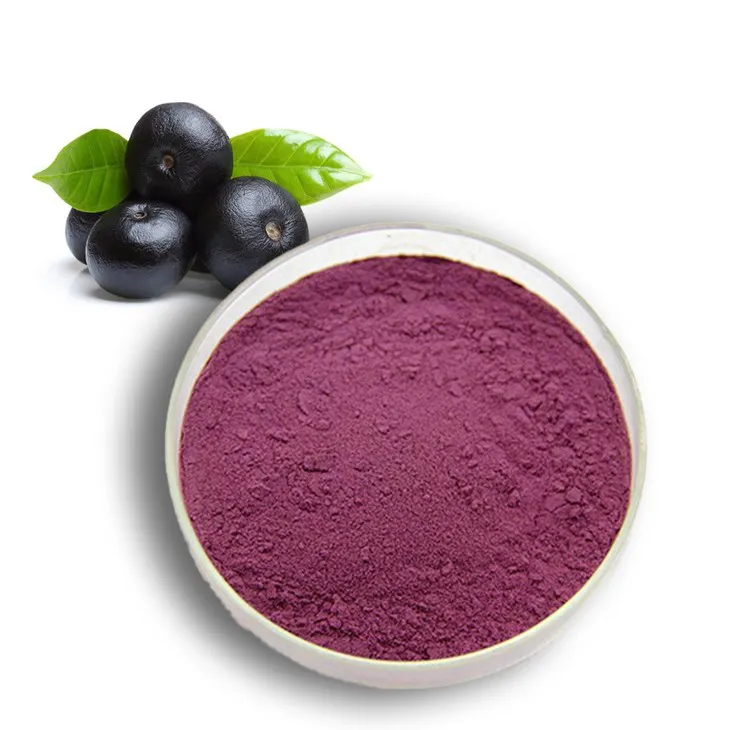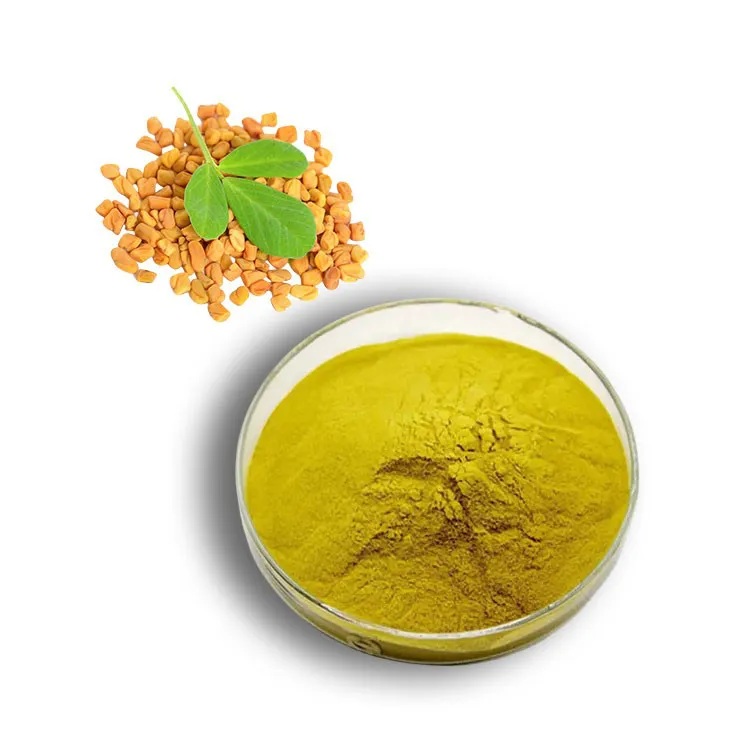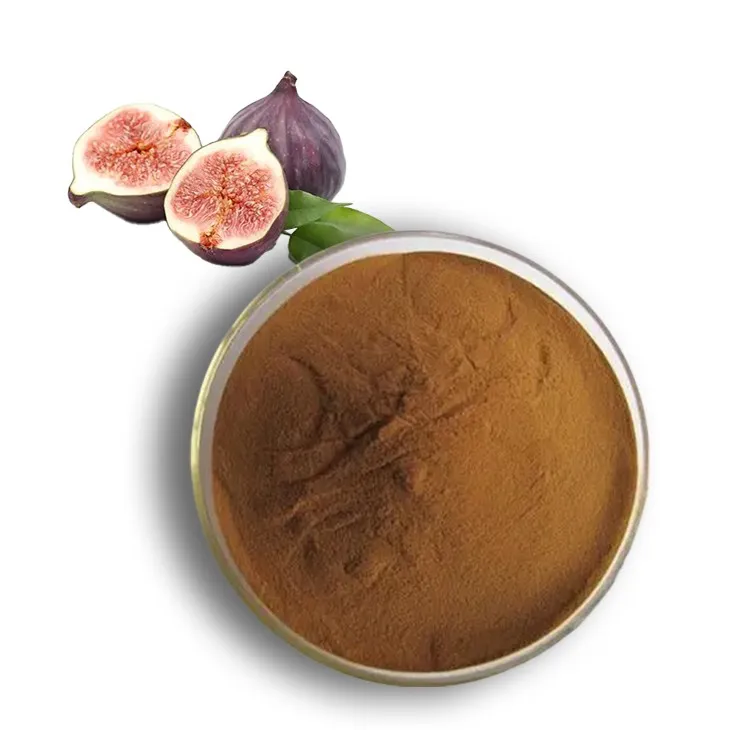- 0086-571-85302990
- sales@greenskybio.com
Arnica montana: The Dual Nature of a Mountain Healer
2025-06-06
Arnica montana: Legendary Alpine Herb Balances Healing and Hazard
Arnica montana, a striking yellow-flowered perennial native to Europe’s mountainous regions, has long been noted for both its impressive medicinal properties and its inherent toxicity. Known by evocative names such as wolf’s bane, leopard’s bane, mountain tobacco, and mountain arnica, this member of the daisy family occupies a unique position in the history of herbal medicine.
A Rich History in European Tradition
The documented medicinal use of arnica dates back to the 16th century, when European herbalists first noted its value. The plant thrives in the nutrient-poor, acidic soils found in high-altitude areas such as the Alps and Pyrenees. German and Swiss herbalists witnessed its use among local communities to treat bruises, sprains, and muscle pain. By the 18th century, arnica had found a place in official European pharmacopoeias, cementing its reputation as a staple of traditional natural medicine.
The range of names given to arnica highlights its multifaceted legacy. “Wolf’s bane” and “leopard’s bane” evoke its historic use as a poison, while “mountain tobacco” reflects its role as a smoking herb among Alpine shepherds. These names capture the plant’s duality as both a healing force and a potential hazard.
Arnica is easily recognized by its bright, daisy-like yellow flowers that bloom from May to August, hairy stems, and oval leaves. The plant emits a faint, aromatic scent and has a notably bitter taste—an indication of its moderate toxicity.
Throughout the Alps, arnica symbolizes both physical resilience and healing. Folk tales, such as that of a shepherd whose wounds were miraculously healed with an arnica poultice, reflect the herb’s deep roots in regional culture, even if some stories blur the lines between history and legend.
Bioactive Compounds and Modern Uses
Arnica’s healing effects are attributed to its rich array of bioactive compounds, most notably sesquiterpene lactones like helenalin and dihydrohelenalin, as well as flavonoids and phenolic acids. Helenalin is recognized for its strong anti-inflammatory action, while flavonoids deliver antioxidant benefits. Together, these substances make arnica a valuable tool for alleviating numerous ailments.
Topically applied, arnica is used to relieve pain, reduce inflammation, and accelerate healing. It is particularly relied upon for:
- Bruises and contusions, where it helps reduce swelling and discoloration by speeding up the body’s natural healing process.
- Muscle soreness and sprains, thanks to its anti-inflammatory properties that ease stiffness and pain.
- Chronic arthritis and joint pain, making it a popular choice for those seeking relief from ongoing inflammation.
- Post-surgical recovery, as patients use it to minimize bruising and swelling.
Most commonly, arnica is available in creams, gels, or ointments. Some homeopathic practitioners may recommend diluted arnica remedies for internal use, but ingesting raw arnica is unsafe due to its toxicity.
Creative Applications and Wellness Recipes
Given its toxic nature, arnica is absent from typical culinary use. However, heavily diluted or homeopathic preparations sometimes appear in wellness recipes:
- Arnica-infused healing tea: A soothing blend combining diluted arnica tincture with chamomile and honey.
- Arnica-enhanced smoothie: A post-workout drink featuring homeopathic arnica drops with banana and almond milk.
- Arnica-infused massage oil: A mixture of arnica oil, lavender, and eucalyptus for targeted muscle relief.
Nature’s Potent Balancing Act
Arnica montana remains a testament to the complex balance in herbal medicine. Its vibrant flowers and potent natural compounds have made it a key remedy for everything from bruises to arthritis. Yet its toxicity remains a clear warning that even the most celebrated natural treatments require careful and respectful use. Whether incorporated in soothing creams or soothing oils, arnica endures as a golden healer for those who use it wisely.
- ▶ Hesperidin
- ▶ citrus bioflavonoids
- ▶ plant extract
- ▶ lycopene
- ▶ Diosmin
- ▶ Grape seed extract
- ▶ Sea buckthorn Juice Powder
- ▶ Beetroot powder
- ▶ Hops Extract
- ▶ Artichoke Extract
- ▶ Reishi mushroom extract
- ▶ Astaxanthin
- ▶ Green Tea Extract
- ▶ Curcumin Extract
- ▶ Horse Chestnut Extract
- ▶ Other Problems
- ▶ Boswellia Serrata Extract
- ▶ Resveratrol Extract
- ▶ Marigold Extract
- ▶ Grape Leaf Extract
- ▶ blog3
- ▶ Aminolevulinic acid
- ▶ Cranberry Extract
- ▶ Red Yeast Rice
- ▶ Red Wine Extract
-
Calendula Extract
2025-06-06
-
Curcuma Longa Extract
2025-06-06
-
Diosmin
2025-06-06
-
Longan Extract
2025-06-06
-
Nettle Root Extract
2025-06-06
-
Tinospora cordifolia extract
2025-06-06
-
Acai Berry Extract
2025-06-06
-
Fenugreek Extract Powder
2025-06-06
-
Fig Extract
2025-06-06
-
Kidney Bean Extract
2025-06-06











